 | ||
|
Still life was an art form long before it was officially deemed a 'genre' by the Dutch in the 16th century (who called it stilleven). And, although often associated with flowers, still lifes are any arrangement of inanimate objects like fruit, glassware and textiles, usually set on a table. In western art history the earliest known still lifes were created by the Egyptians in the 15th century BCE with the most famous being at the Tomb of Menna whose walls are adorned with exceptionally detailed scenes of everyday life.
Later, while the Greek and Roman craftsmen mostly reserved their still lifes for mosaics (or the mosaics were the most endurable), they also placed every day objects in their frescoes like this one from a 1st Century wall at Pompei.
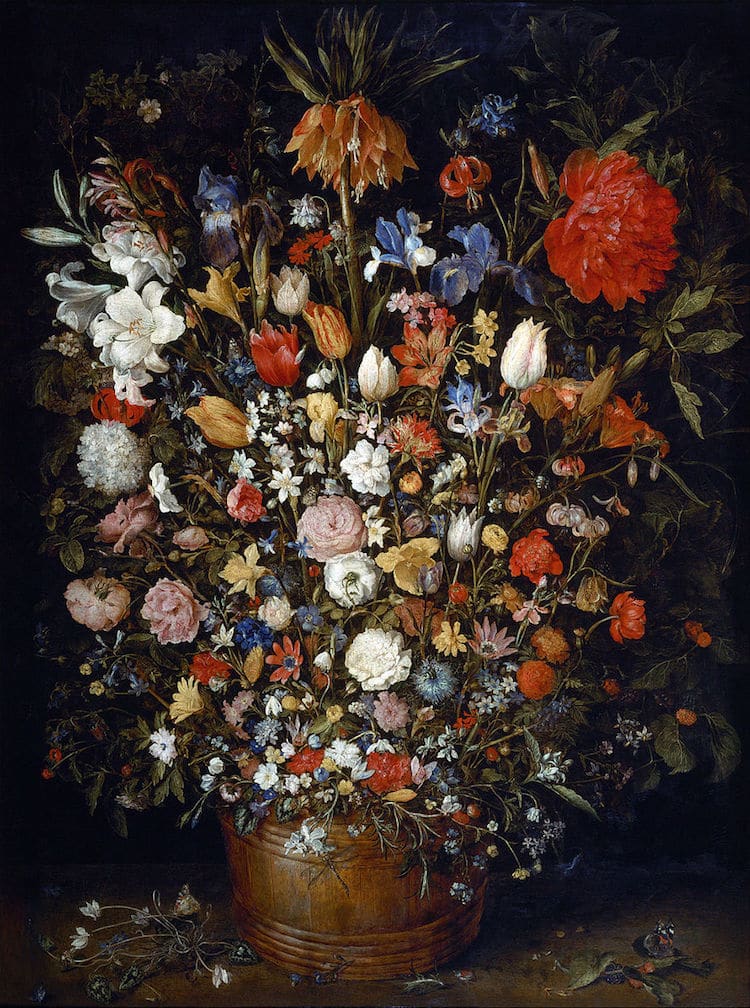 |
| Jan Brueghel the Elder, Flowers in a Wooden Vessel, 1606-1607 |
And the Dutch vanitas still lifes with their momento mori admonition: Don't forget, everything dies, including you. So don't be too materialistic. (Or something along those lines all symbolized by rotting fruit, molding bread, rats, clocks, and other deteriorating or dead objects in the canvases).
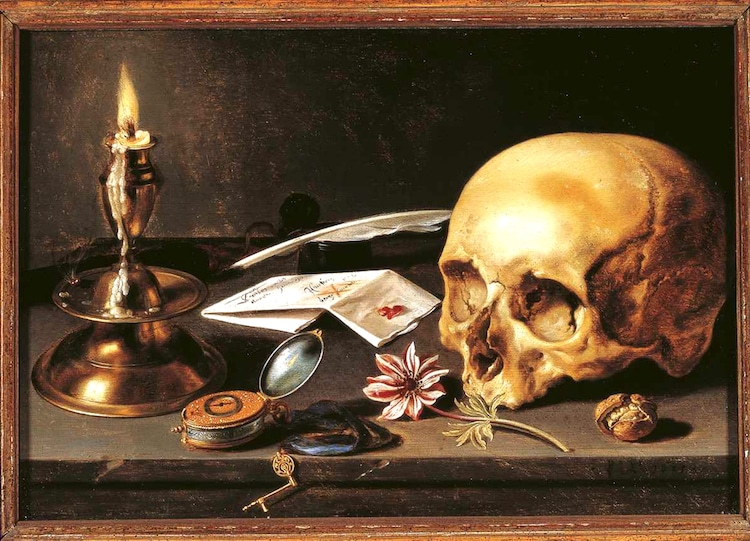 |
| Pieter Claelsz, Vanitas Still Life, 1625 |
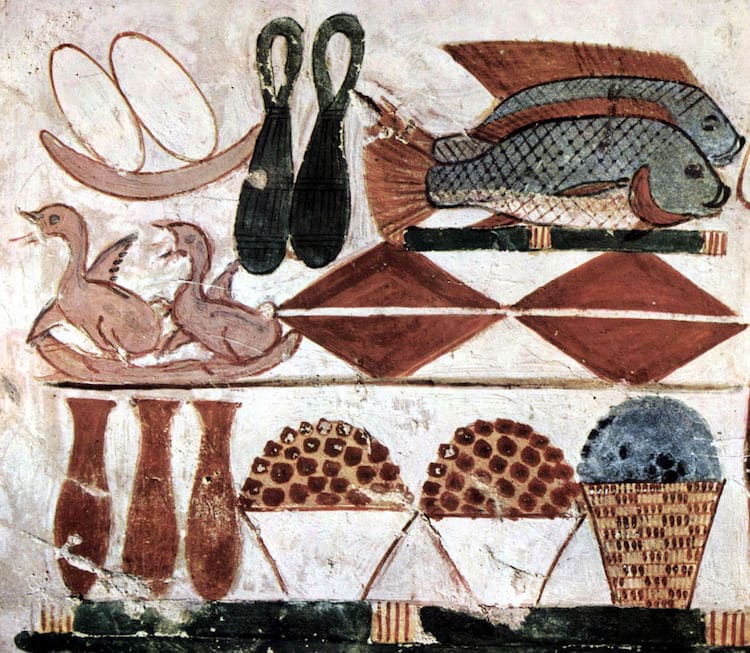
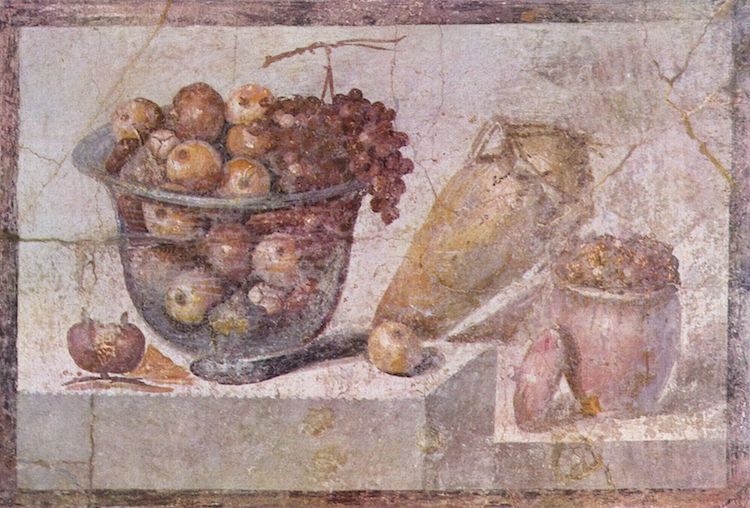
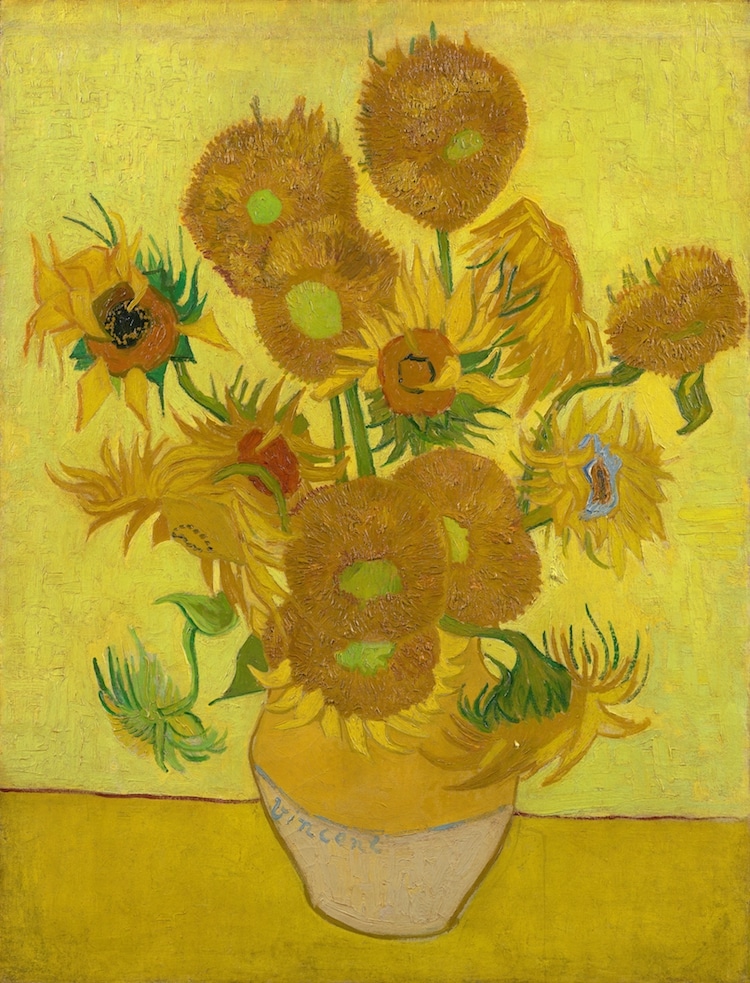
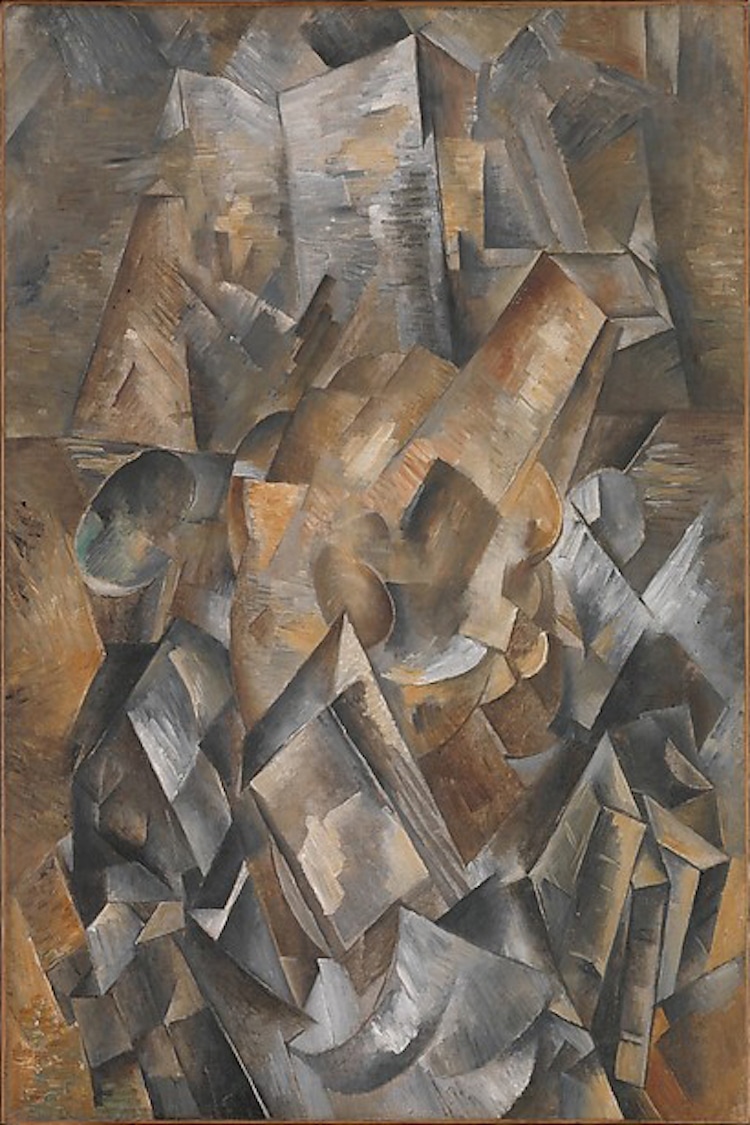
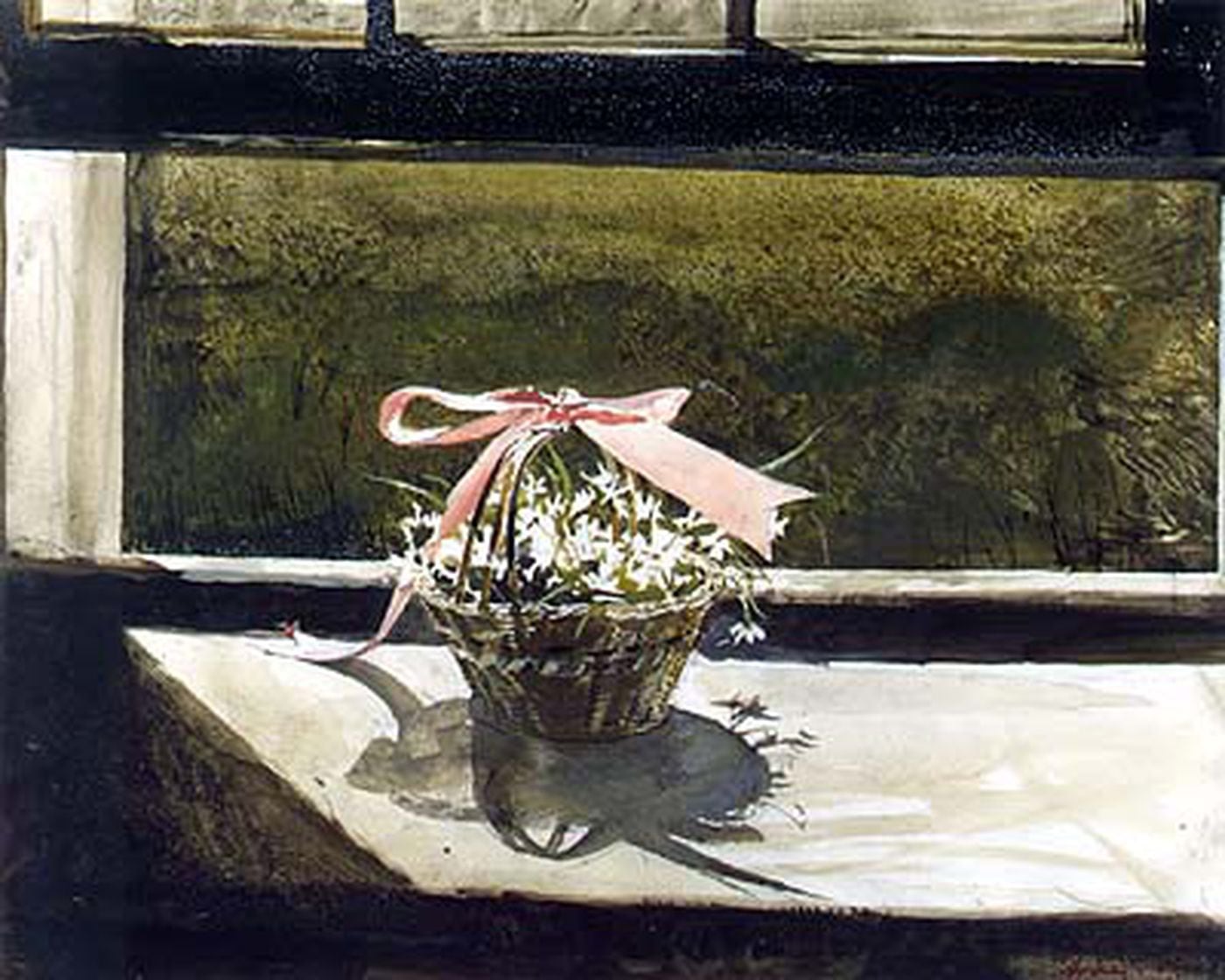
No comments:
Post a Comment